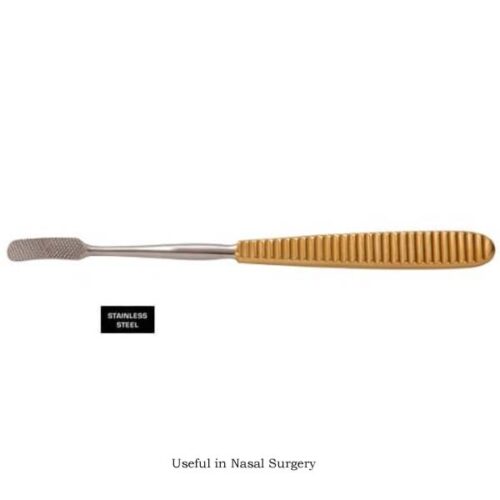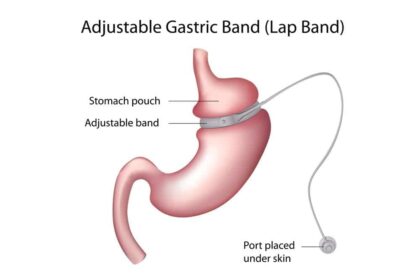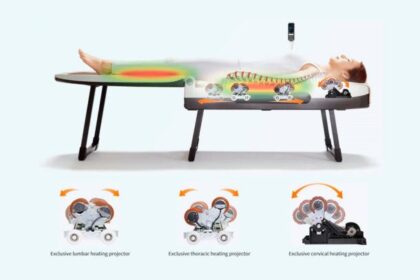In the precise world of surgical procedures, the instruments used are as critical as the surgeon’s skill. Among the specialized tools in an orthopedic or plastic surgeon’s kit, the surgical rasp holds a place of unique importance. This instrument is designed for the delicate and controlled shaping of bone. Understanding its function, design, and proper application is fundamental for medical professionals and students alike. The rasp bone technique is a cornerstone of many successful surgical outcomes, requiring both a high-quality instrument and a steady, experienced hand to achieve the desired results.

What is a Surgical Bone Rasp?
A surgical bone rasp is a specialized medical instrument used to smooth, shape, or abrade bone surfaces during various medical procedures. Imagine it as a file, but one specifically engineered for biological tissue. Its surface is covered with fine, sharp teeth or ridges that, when drawn across bone, gently remove small amounts of material. This allows surgeons to contour bone structures with a high degree of precision, removing sharp edges, preparing a bone for an implant, or refining the results of a bone cut. The design of these rasps varies widely, with different shapes, sizes, and coarseness levels tailored to specific surgical needs, from delicate facial reconstruction to robust orthopedic repairs.
Key Applications in Modern Surgery
The versatility of the rasp bone instrument makes it indispensable across multiple surgical fields. In rhinoplasty, a common plastic surgery procedure, surgeons use nasal rasps to refine the shape of the nasal bridge, smoothing down bumps or irregularities to create a more aesthetically pleasing profile. In orthopedics, bone rasps are crucial for preparing bone ends for joint replacements, ensuring a perfect fit between the patient’s natural bone and the prosthetic implant. They are also used in neurosurgery to smooth the edges of the cranium after a craniotomy and in dental or maxillofacial surgery for shaping the jawbone. In each application, the goal is the same: to achieve a smooth, contoured bone surface that facilitates healing and improves functional or aesthetic outcomes.
The Importance of Instrument Design and Material
The effectiveness of a surgical rasp is directly tied to its design and the quality of its materials. Leading medical technology companies, such as GreyMedical®, understand that excellence in surgical outcomes starts with superior instrument craftsmanship. GreyMedical®, a privately owned company, is dedicated to innovation and the meticulous crafting of surgical instruments. For a rasp bone tool, this means using high-grade stainless steel that can be sterilized effectively and resist corrosion. The design of the teeth is also critical; they must be sharp enough to abrade bone efficiently without causing unnecessary trauma to surrounding tissues. The handle must be ergonomic, providing the surgeon with a secure grip and optimal control for precise, fatigue-free manipulation during long procedures.
Technique and Best Practices for Using a Bone Rasp
Proper technique is paramount when using a surgical bone rasp to ensure patient safety and achieve the desired surgical result. The instrument is typically used with a pulling or drawing motion, rather than pushing, to maximize control and minimize the risk of the instrument slipping. The surgeon applies gentle, even pressure, methodically working on the target area to gradually shape the bone. It is essential to irrigate the area frequently to clear away bone dust and debris, which allows for better visibility and prevents the instrument’s teeth from becoming clogged. Mastery of the rasp bone technique comes with experience, combining a deep understanding of bone biology with the tactile feel of the instrument’s interaction with the bone.
Techniques for Proper Use
Using a rasp bone effectively requires a specific technique. Surgeons typically use a push or pull stroke, applying gentle and even pressure. The direction of the stroke is important to achieve the desired contour without causing unintended damage to the surrounding tissue. The choice of rasp—whether coarse or fine—depends on the amount of bone that needs to be removed and the level of smoothness required. Proper technique, combined with a well-designed instrument, allows for efficient and precise bone sculpting.
Conclusion
The surgical bone rasp is more than just a simple file; it is a sophisticated tool that embodies the blend of art and science in surgery. From refining the delicate contours of the face to preparing a joint for a life-changing implant, its role is both foundational and transformative. The precision required in these procedures underscores the need for impeccably crafted instruments from dedicated manufacturers like GreyMedical®, who prioritize innovation and quality. As surgical techniques continue to advance, the humble bone rasp will remain an essential instrument, empowering surgeons to restore form and function with remarkable accuracy and care, ultimately improving the quality of life for patients around the world.The design of the teeth is also critical; they must be sharp enough to abrade bone efficiently without causing unnecessary trauma to surrounding tissues. The handle must be ergonomic, providing the surgeon with a secure grip and optimal control for precise, fatigue-free manipulation during long procedures.




